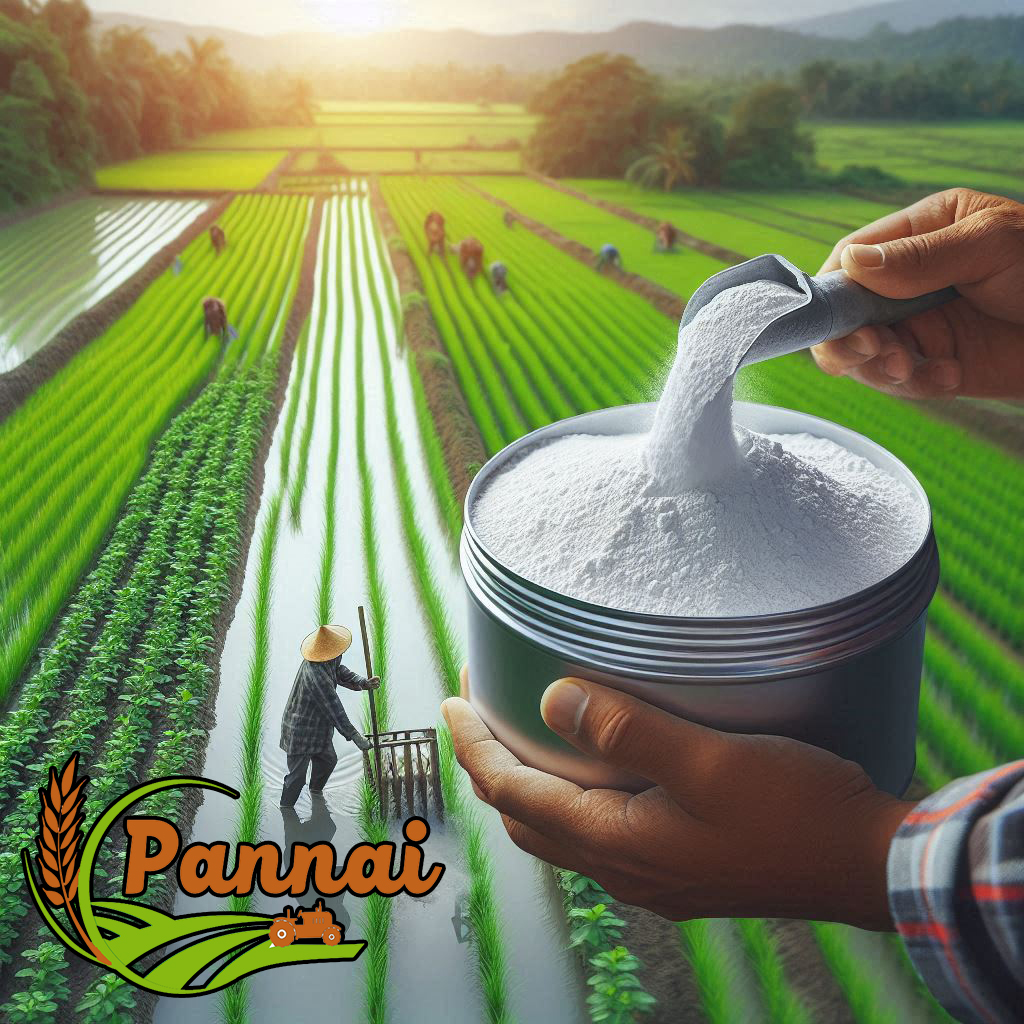
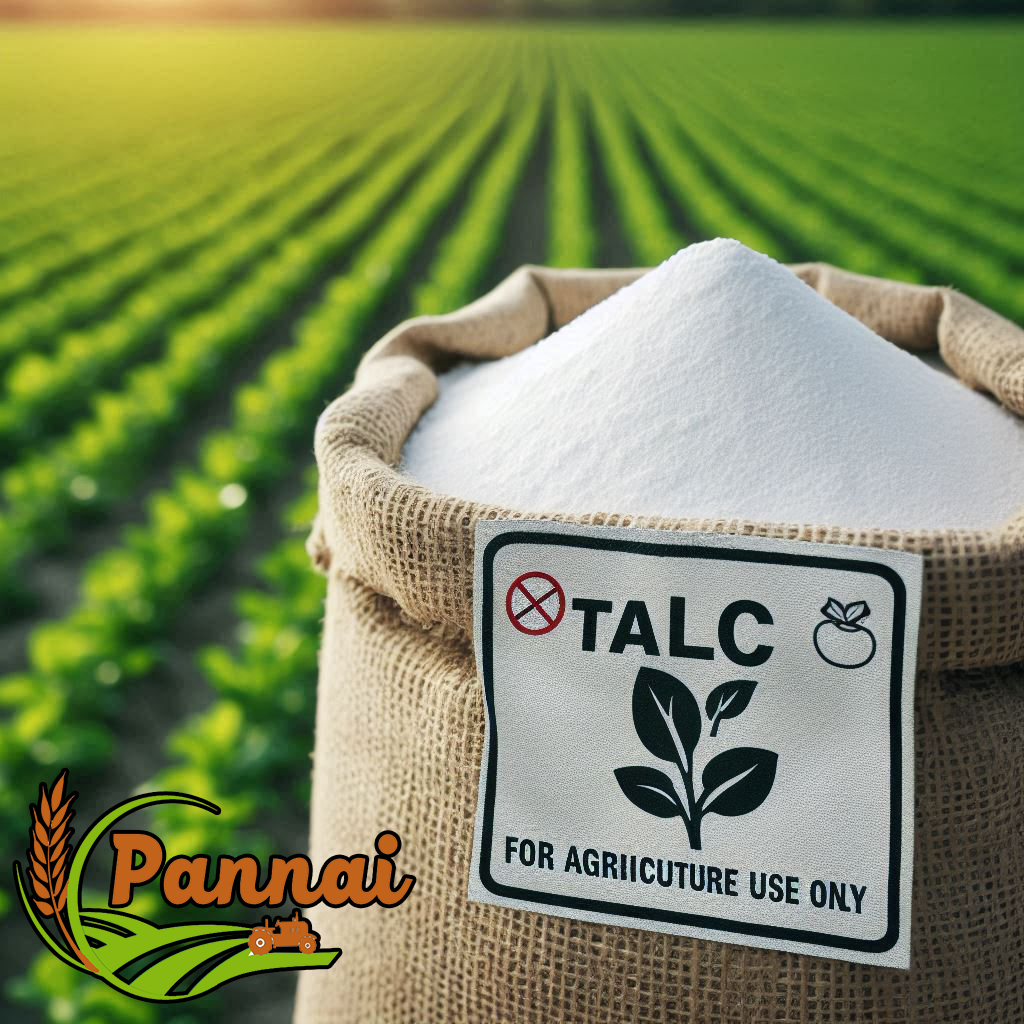




Talc 5KG
(0
reviews)
Estimate Shipping Time:
5 Days
Price
Rs313.95
/KG
Share
Top Selling Products
-
Rs418.95
-
Rs313.95
-
Rs313.95
-
Rs313.95
-
Rs313.95
Reviews & Ratings
0
out of 5.0
(0
reviews)
There have been no reviews for this product yet.
Talc
A mineral composed of hydrated magnesium silicate which is used as a career material of bacteria as a bio fertilizer and bio pesticide and etc.,
Properties of Talc
- Physical Properties: Softness, lubricity, and hydrophobic nature.
- Chemical Composition: Mg₃Si₄O₁₀(OH)₂.
- Biocompatibility: Non-toxic, chemically inert, and safe for various applications.
Talc as a Bacteria Carrier
Mechanism
- Adsorption Process: Talc’s surface properties that allow for the adhesion of bacterial cells.
- Protection of Bacteria: Shielding bacteria from environmental stresses.
Applications
- Agriculture:
- Soil Health: Enhancing soil microbiota.
- Pest Control: Delivery of beneficial bacteria to combat pests.
- Medicine:
- Probiotics: Delivery of probiotics in the gastrointestinal tract.
- Infection Control: Using bacteriophages carried by talc to target specific infections.
- Environmental Biotechnology:
- Bioremediation: Deploying bacteria to contaminated sites for pollution degradation.
Advantages of Using Talc
- Stability: Prolonging the viability of bacteria.
- Ease of Handling: Powder form facilitates easy mixing and application.
- Cost-Effectiveness: Abundant and inexpensive compared to other carriers.
Related products
Dolomite Soil Neutralizer 5KG
Rs313.95
Shell Lime Powder 5KG
Rs313.95
Kaolin Clay Powder 5KG
Rs418.95
Rock Phosphate Powder 5KG
Rs313.95
Top Selling Products
-
Rs418.95
-
Rs313.95
-
Rs313.95
-
Rs313.95
-
Rs313.95
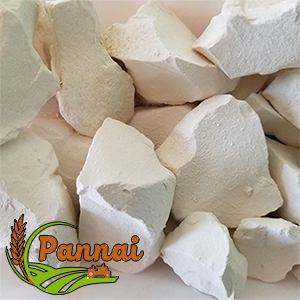
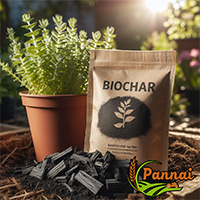

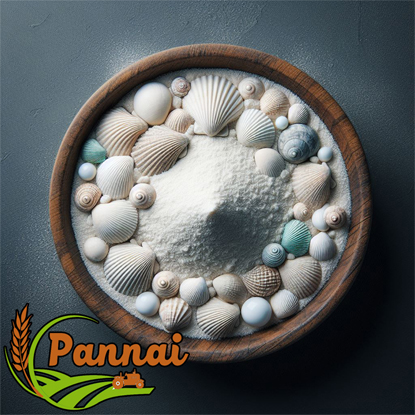
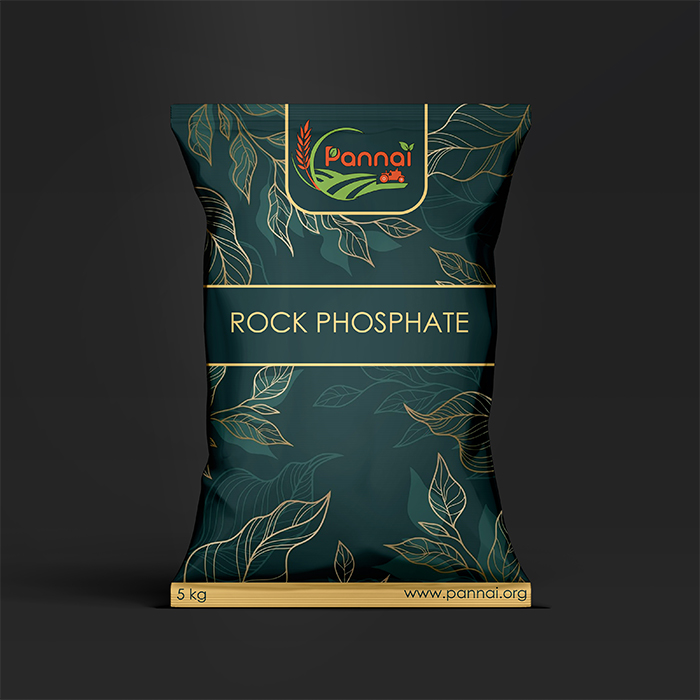


 Sign in with Google
Sign in with Google

